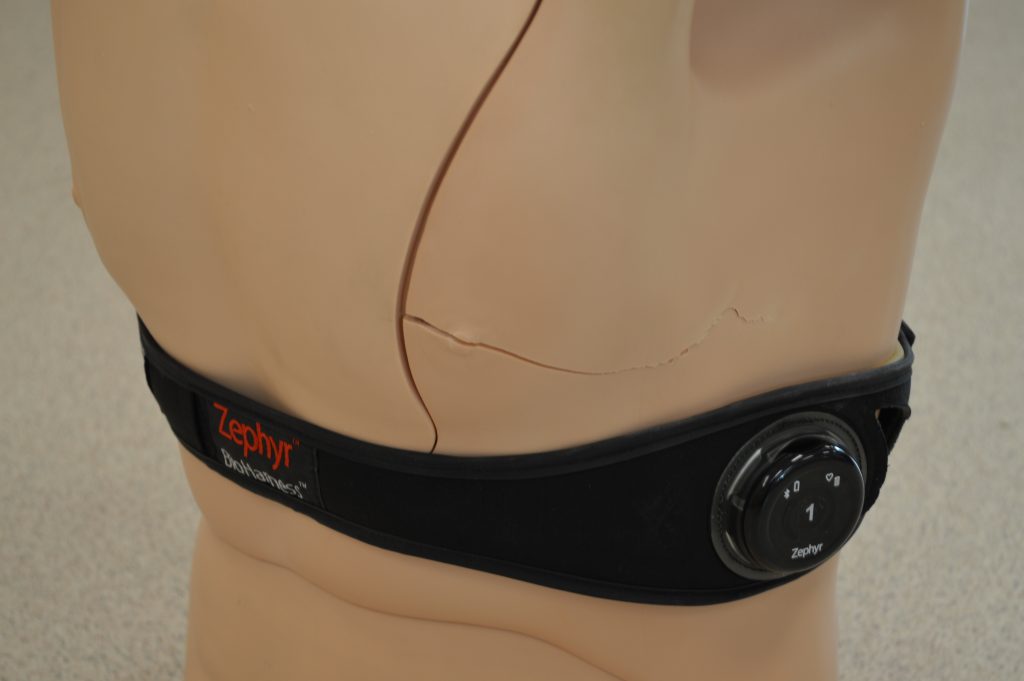
What is the problem?
The Zephyr BioHarness is a device that can capture various physiological responses such as heart rate, breathing rate, posture and activity. It can be used to monitor firefighters for signs of heat stress or fatigue. But before the Zephyr BioHarness is used in research studies or in a real-world setting, we need to determine whether the device produces consistent results (i.e. reliability) and the extent to which it measures what it is supposed to measure (i.e. validity).
How did the team study the problem?
We searched different biomedical and allied health science databases from January 2010 to January 2017 to identify published studies on the Zephyr BioHarness’s heart rate measurements. We found a total of 147 studies, but only 10 studies met our inclusion criteria. Two researchers then extracted important information and independently assessed the methodological quality (i.e., poor to excellent) of these ten studies.
What did the team find?
We found good to excellent evidence that the Zephyr BioHarness’ measures of heart rate were reliable at rest, during various physical activities including running, walking, cycling, submaximal activity and recovery phases, in healthy/active male and female participants. Furthermore, we found good to excellent evidence that the Zephyr BioHarness device produced valid measures of heart rate when compared with a gold standard device (an electrocardiogram) at rest, during activity and recovery, in healthy/active male and female participants.
How can this research be used?
The FIREWELL team will use the Zephyr BioHarness to monitor firefighters’ heart rate while they perform firefighting tasks and explore differences in heart rate responses based on individual factors such as gender or age. Fire services can also use the Zephyr BioHarness to help keep firefighters safe by tracking their physical status during training and real fire situations.
Cautions
This study only reviewed the evidence on the Zephyr BioHarness’ heart rate measurements in the general populations, but did not assess recordings that were taken when the device was worn under personal protective equipment. The study also did not assess the Zephyr BioHarness’ other physiological measurements such as breathe rate.
Funding Sources: Ministry of Labour #13-R-027
